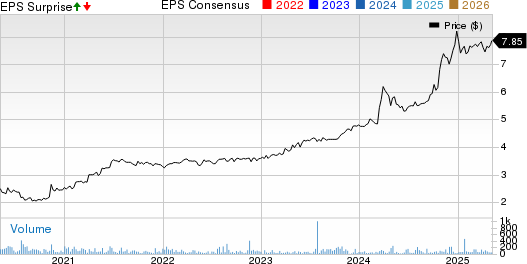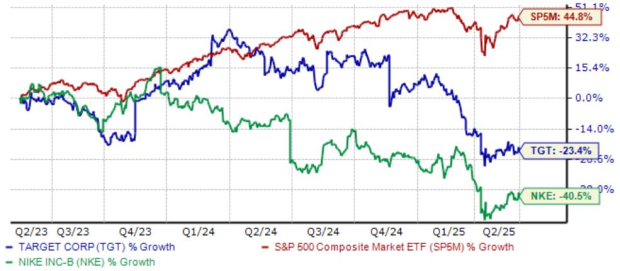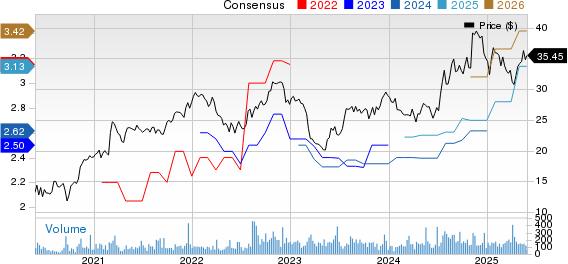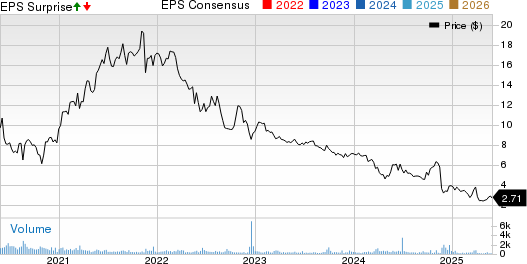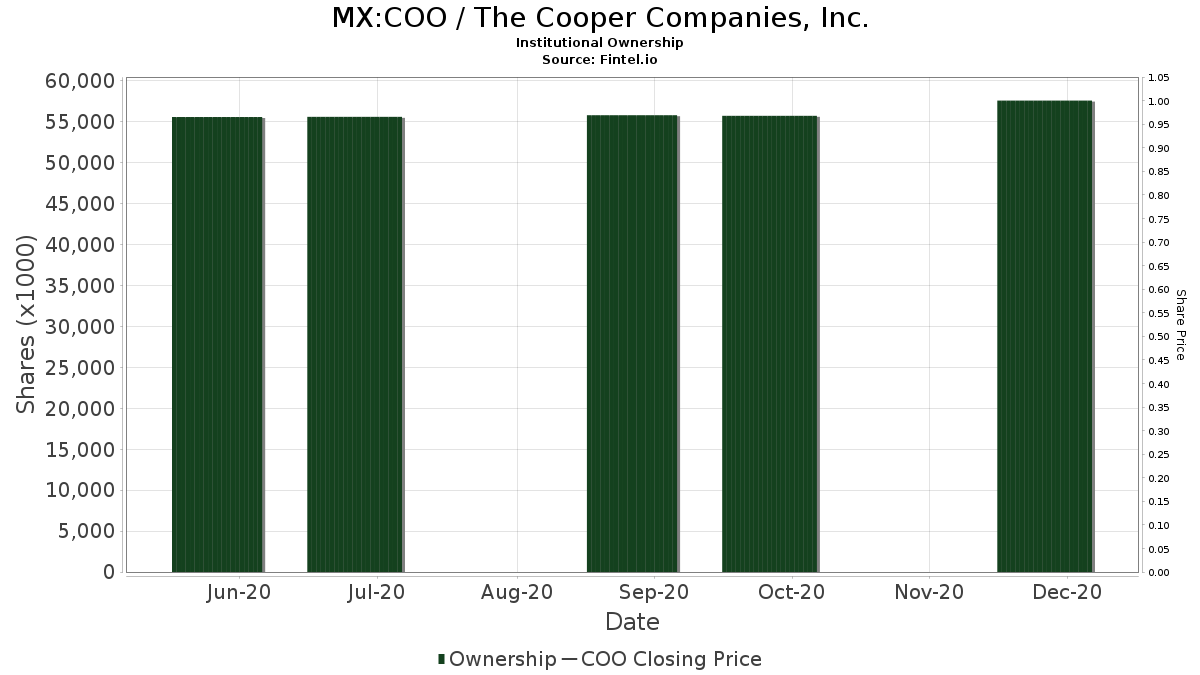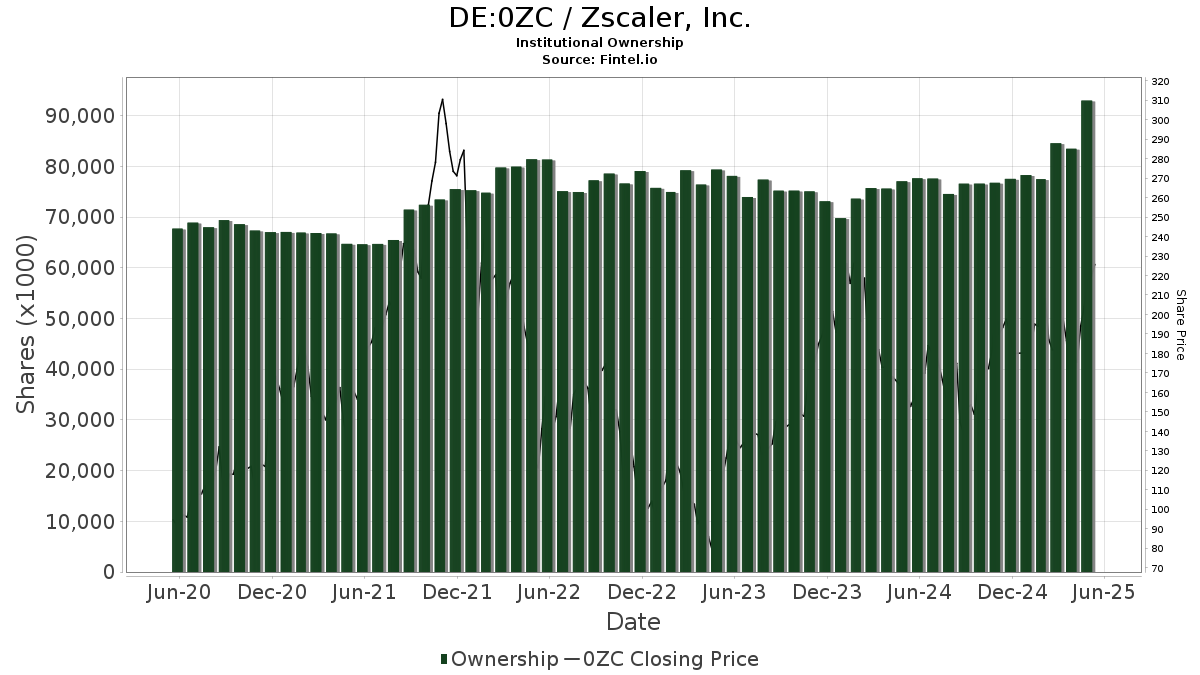Armanino Foods Reports Record Earnings Amid Market Challenges
Shares of Armanino Foods of Distinction, Inc. (AMNF) have risen 3.7% since the company’s first-quarter 2025 results were released, outperforming the S&P 500’s 0.8% decline during the same timeframe. However, this rise of 3.8% over the last month falls short of the S&P 500’s impressive 13.5% increase.
Record Revenue and Earnings
Armanino Foods achieved extraordinary financial performance for the quarter ending March 31, 2025. Net sales increased by 8% year over year, reaching $16.98 million, compared to $15.72 million in the previous year. Gross profit surged 25.7% to $7.58 million, up from $6.03 million.
Income before taxes skyrocketed 70% to $5.29 million from $3.12 million a year ago. Similarly, net income also climbed 70% year over year to $3.94 million, or 12.43 cents per share, compared to $2.32 million, or 7.23 cents per share, in the first quarter of 2024. The earnings per share (EPS) growth of 72% was significantly supported by a stock buyback program that reduced the average share count by approximately 389,000 shares.
Operational Efficiency and Margin Improvement
The strong performance of Armanino Foods was bolstered by enhanced operational efficiencies and procurement strategies. Despite a rise in sales, the cost of goods sold decreased by 3% year over year to $9.40 million, demonstrating better input cost management. Operating expenses fell 20% year over year to $2.57 million, aided by a significant reduction in phantom stock compensation costs. Consequently, income from operations climbed 77% to $5.01 million from $2.83 million in the previous year.
The company’s strategy to broaden its customer base and enter new markets has yielded positive results. Moreover, decreased salary and administrative costs have improved profitability, showcasing effective cost control measures.
Management Insights on Operational Discipline
Acting CEO and CFO Edgar Estonina attributed the strong performance to disciplined sales strategies, customer acquisition efforts, and operational enhancements. He noted that the reduction in phantom stock compensation significantly impacted the reduction of selling, general, and administrative (SG&A) costs as a percentage of sales.
Chairman Douglas Nichols acknowledged the company’s resilience during a leadership transition, which included the appointment of a new CEO and the hiring of a PCAOB-registered independent auditor. Management’s recognition of a challenging business environment reflects their focus on operational discipline and employee commitment amid uncertainties.
Key Factors Behind Record Results
Multiple factors contributed to this impressive quarter. A favorable procurement environment allowed for cost efficiencies, while streamlined internal operations aided in margin enhancement. Additionally, the reduced liability from phantom stock compensation provided a notable after-tax benefit.
The company also successfully expanded sales into new markets and established new customer relationships, supporting growth despite cautious demand signals in sectors like foodservice. Moreover, the buyback program, which returned nearly $3 million to shareholders, enhanced EPS growth.
Outlook and Cautious Management Approach
Despite the positive results, management expressed caution about future outlooks. Estonina raised concerns regarding a potential slowdown in the restaurant sector and risks from global tariffs. Nevertheless, he reaffirmed the company’s dedication to maintaining operational efficiency and competitive sourcing to support its low-cost structure. Management intends to invest in growth through new products, market expansion, and potential acquisitions, indicating a continued strategic focus amid economic uncertainties.
Recent Developments
In the first quarter, Armanino Foods repurchased 385,177 shares of its common stock for $2.95 million at an average price of $7.66 per share. An additional 59,689 shares were repurchased for $460,000 through April 30, 2025. These buybacks reflect the company’s confidence in its valuation and financial stability.
Additionally, working capital decreased from $26.14 million at the end of 2024 to $25.51 million as of March 31, 2025, primarily due to capital returns to shareholders through dividends and stock repurchases.
The views and opinions expressed herein are those of the author and do not necessarily reflect those of Nasdaq, Inc.
